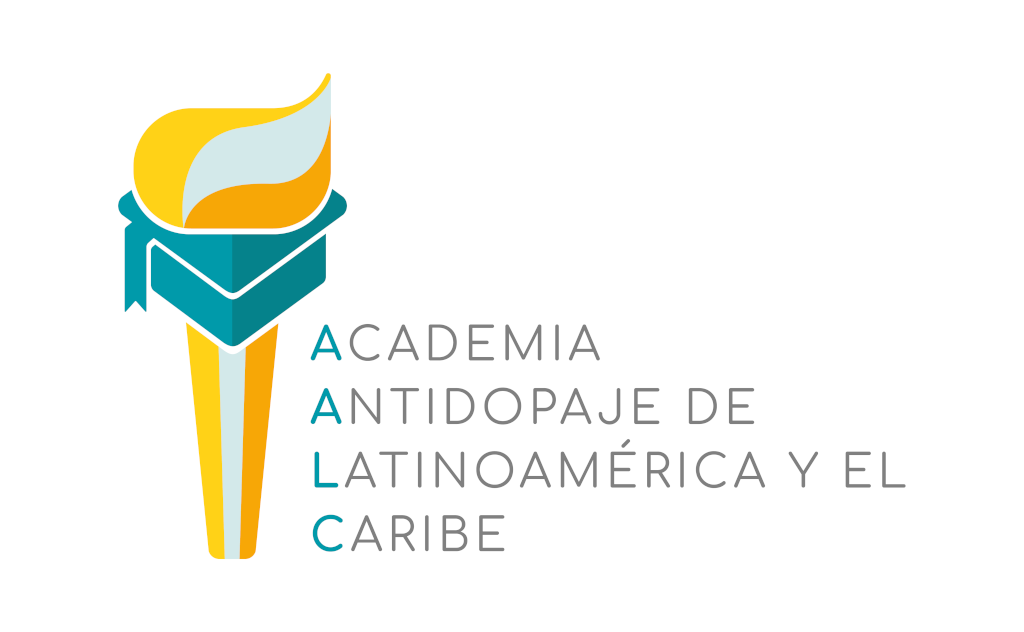- 4 Sections
- 24 Lessons
- 5 Days
- Module 1. Essential foundations for building an Anti-Doping Program¿Te has preguntado alguna vez por qué la educación en antidopaje es fundamental en el mundo del deporte? Te damos la bienvenida a esta lección, donde conocerás 4 temas de gran relevancia para la creación de un programa educativo antidopaje ¡Sigamos adelante!8
- 1.1Lesson 1. The importance of an anti-doping educational program
- 1.2Lesson 2. Education as a key to the anti-doping program
- 1.3Lesson 3. The athlete’s career
- 1.4Lesson 4. The Four Components of an Educational Program | First Themes
- 1.5Lesson 4. The Four Components of an Educational Program | Second Themes
- 1.6Lesson 4. The Four Components of an Educational Program | Third Themes
- 1.7Evaluation | Module 1
- 1.8Module 1 Evaluation15 Minutes6 Questions
- Module 2. Designing for clean sport: Planning an educational programBefore beginning to create an educational program, it is necessary to conduct a self-assessment to determine the best way to create an educational program, always considering specific needs.14
- 2.1Designing for clean sport: Planning an educational program
- 2.2Lesson 1. Diagnosis: evaluation of the current situation
- 2.3Task 1. Making a Diagnosis30 Minutes
- 2.4Lesson 2. Establishment of common education group
- 2.5Task 2. Establishing my Education Groups.30 Minutes
- 2.6Lesson 3. Design and development of the Educational Plan | Evaluation and Global Goals
- 2.7Tarsk 3. Assessing Needs and Creating my Overall Goal.60 Minutes
- 2.8Lesson 3. Design and Development of the Educational Plan | Themes and Objectives
- 2.9Task 4. Defining Program Objectives and Themes.2 Hours
- 2.10Lesson 3. Design and Development of the Educational Plan | Learning Objectives and Planning
- 2.11Task 5. Learning Objectives and Educational Activities.2 Hours
- 2.12Lesson 3. Design and Development of the Educational Plan | Consignment and Procedures
- 2.13Task 6: Establishing Monitoring and Evaluation Procedures3 Hours
- 2.14Lesson 3. Design and Development of the Educational Plan | Share with interested parties
- Module 3. The Implementation of the anti-doping educational programIn this module, we will talk about the elements to take into account when designing the learning experience, about how people learn and what helps or hinders the learning process.7
- 3.0The Implementation of the Anti-Doping Educational Program.
- 3.1Lesson 1. Design of the Learning Experience.
- 3.2Lesson 2. Value-based education
- 3.3Lesson 3. How to implement the 4 components in the athlete’s career.
- 3.4Lesson 4. Session Plan Creation
- 3.5Evaluation Module 3 | Knowledge Quiz10 Questions
- 3.6Evaluation Module 3 | Knowledge Quiz
- Module 4: Supervision and evaluation of the anti-doping educational programIn this module, we'll talk about the data you can collect to measure whether your program is meeting its objective or whether any part of it needs to be restructured.4
Lesson 3. How to implement the 4 components in the athlete’s career.
Welcome to the third lesson of this module, where we will explore specific activities that can be integrated into our anti-doping education program. In the previous lesson, we discussed the key aspects to consider when creating learning experiences for students. Now, we will focus on concrete strategies, adjusted to the stage of development in which the athlete is, to guarantee the effective implementation of the four components of the anti-doping program.
In this lesson we will talk about:
- Education at every stage.
- Education for the big games.
Let’s move on to the next interactive!
In conclusion, it is crucial to remember that anti-doping is not independent of sport; rather, it exists for the sport. Understanding the vulnerabilities that athletes face throughout their careers is essential, as these can increase the likelihood of considering doping practices. Integrating this knowledge into educational activities, even if they do not appear directly related to anti-doping, supports a preventative approach.
Since talent is identified early, it is crucial to address expectations and pressures from an early age. Your educational program can play a key role in offering support in this high-pressure atmosphere. Also consider involving parents, coaches, and doctors as positive influences.
The transition to everyday life, especially after retiring from competition, can be challenging and even traumatic. Therefore, education for athletes should include elements that address careers after sports participation and encourage continued participation in educational programs, possibly taking on leadership and educational roles.
Very good!
We are ready for a little evaluation
Good job!
We are ready to move on to the next lesson.
